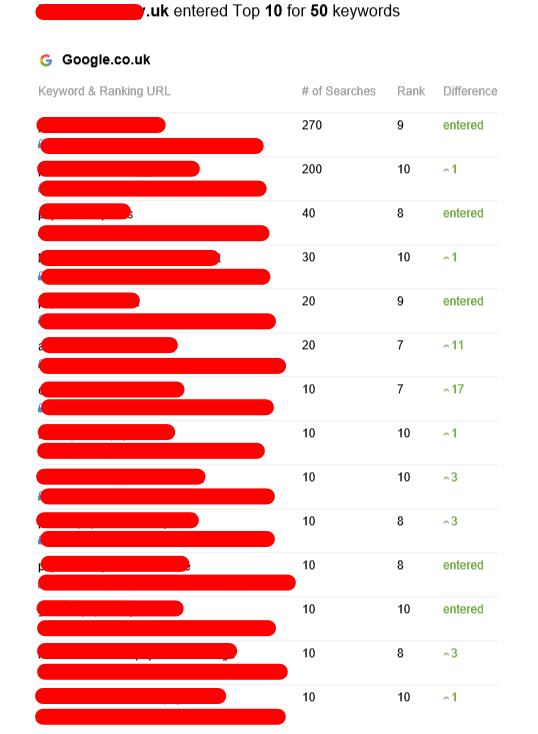10 Things We Hate About Tier 1 Backlinks

Tiered Link Building
Tiered link building is a popular SEO backlink building strategy that boosts the PageRank value of your site. It is a black-hat technique however, and could result in a penalty from Google.
First-tier backlinks can be considered to be relevant, high-quality links that drive an enormous amount of PageRank to your website. These links are typically obtained through guest posts, press release, social media profiles and directories.
Tier 1
Tiered link building lets you increase the domain authority of your website by linking to pages that are highly ranked on other websites. This is an effective SEO technique known as link juice transfer. Link building can be done either manually or by using automated tools. It is essential to follow Google's Webmaster Guidelines if you are using automated tools. Otherwise, you could be in violation of the terms of service, and you could be penalized.
backlink tier -tier backlink is an dofollow link that transfers PageRank value to the target website from its parent site. These links can be obtained by creating relevant content and engaging in link outreach. You'll want links from authoritative sites with high authority in the domain. A first-tier link from Real Business, for example could be beneficial to your specific niche since it will transmit a lot of weight to your site's rank.
By linking to guest blog posts from higher-ranking sites, you can increase the authority of your domain. This is an effective way to increase your ranking as it will signal that you're in a positive relationship with the site that has a higher authority. These links can be obtained through forums, social media and bio profile links. However, you should stay clear of using tier 2 backlinks from websites that offer content that is spammy.
Tier 2
Tier 2 backlinks can be an excellent way to increase the effectiveness of existing links. These links can improve your Google ranking and boost traffic to your website. Tier 2 links are also less expensive than first-tier ones. It is recommended to only build Tier 2 backlinks for pages that have a high domain authority. Your campaign will be successful if use the right link-building strategies.
Quality is less crucial for tier 2 links as it is for the first-tier. You can even use links from websites with lower authority on domains, so long as they don't appear to be spammy. This includes review websites, directories and social bookmarking websites. This also includes forum links as well as web 2.0 links. It is important to avoid using automated tools for tier 2 backlinks, since they can be flagged by search engines.
It is essential to choose an organization that is tier-2 in donor status, is well-known and is relevant to your topic. For example, if you're writing about digital marketing agencies you must look for a site that has an excellent SEO profile and an extensive online audience. You could end up wasting time and money if you don't. That's why it is recommended to choose a tier 2 donor site which has a DR between 20 and 50.
Tier 3
Generally, tier 2 backlinks are used to power existing links that already have good page level power. They're also a great option to increase the authority of a new site or blog post that needs some extra help getting noticed by Google. You should be careful about how you use Tier 2 backlinks. It is not recommended to use tier 2 backlinks to link directly to the money site. Instead it is recommended to build them using top-quality sites that have a strong domain authority.
Second-tier backlinks can be mixed dofollow and nonfollow links, and should come from trustworthy, reliable websites. This includes PBNs as well as article directories, forum discussions and social media posts and web 2.0 websites. However, it's crucial to keep in mind that you must adhere to Google's guidelines when creating links on these kinds of sites.
Tier 3 backlinks are the ones with the lowest quality in your tiered link-building strategy. They're generally nofollow and do not have much link equity. However, they can help increase your site's domain authority. This can help it to rank higher in search engine results, which could bring more sales and traffic.
Many SEO practitioners are currently using tier-based link building, however, there are risks. It's often viewed as a grey-hat method that's in violation of Google guidelines and could lead to penalties. It may be effective in certain circumstances, but it is essential to conduct your research to determine the best method for your business.
Risks

Tiered link building could be a controversial strategy and harm your website's search engine optimization. Tiered links can only be effective when they're your only option to increase your backlink profile and you have the resources to make it happen. Otherwise you could end up infringing Google's algorithm and could face the possibility of being penalized.
Tier links are risky particularly when they are used in a black-hat manner. These are usually linked schemes that can be temporary. In the end, either Google will catch on to the scheme or you'll get tired of doing maintenance on fake backlinks, and the entire thing will fall down.
The fact that tiered hyperlinks can hurt your rankings by distributing too much link juice is another problem. If you're getting too many links from low-quality websites, your metrics will drop. This happens when companies utilize automated tools for backlinking to create too many links.
In addition, tiered hyperlinks can be hard to monitor and track. It is imperative to use a tool that allows you to see all links in your backlink profile, so that you can track their performance. It's easy to overlook some links and not realize their worth. The good news is that there are a variety of white hat ways to build your backlinks, and the results can be long-lasting.
